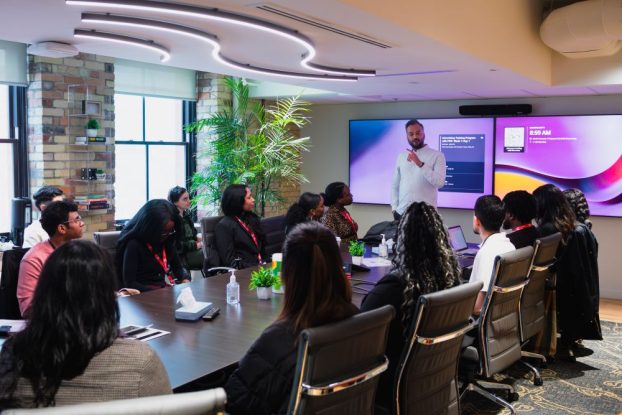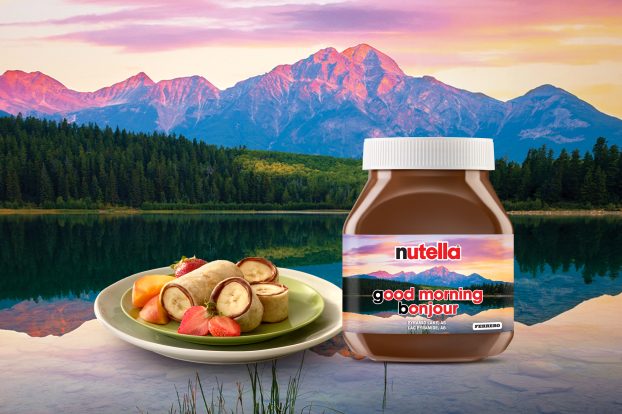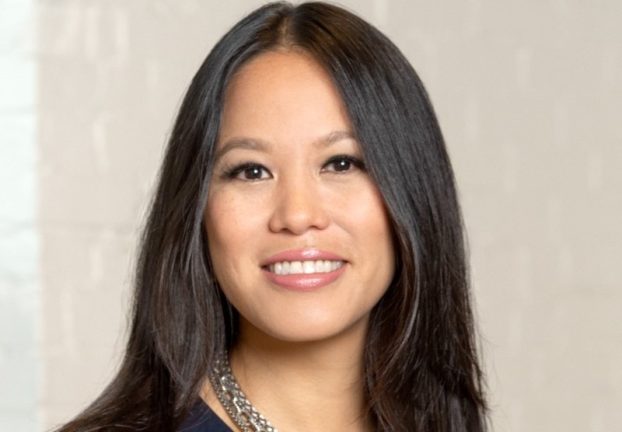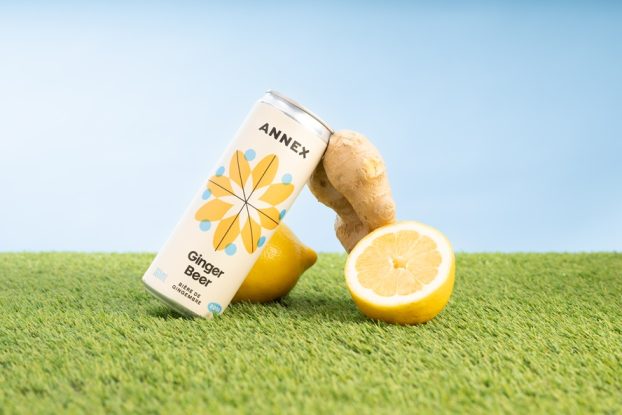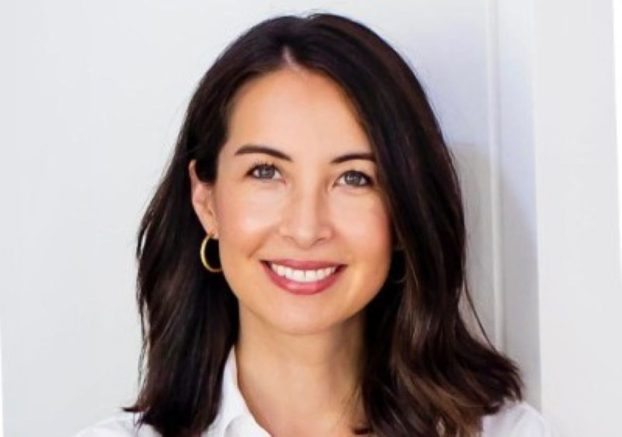Also in This Report:
Old meets new: David Saffer asks what Rosser Reeves’ perspective on database marketing would have been: page 16
Information please: Behram Hansotia and Ron Fabbro discuss turning information into customer insight: page 20
MuchAXS: The ever-innovative MuchMusic launches a viewer loyalty club: page 22
Barbara Canning Brown heads BCB and Associates, a direct marketing consultant firm specializing in database and catalogue marketing.
While marketers can always come up with a brilliant rationale for their strategies, I was intrigued by the following quote from a Globe and Mail article on Zellers’ Club Z loyalty program:
‘While Zellers hasn’t put a number on how much Club Z has boosted sales, they know that a great deal of business would be lost if the program was discontinued.’
So, let me get this straight.
They don’t know whether the program is delivering additional business, but they do know that if Zeddy the bear (the Club Z mascot) went into permanent hibernation tomorrow, sales would decline dramatically.
Call me simplistic, but I still have trouble understanding how my loyalty is supposed to be inspired by giving away (in one form or another) a percentage of the sale every time I make a purchase, or, in another example, a free book every time I buy 10 books no matter who I am or how much I buy.
Maybe I’m just not a typical consumer. Or a typical marketer.
It seems the objective of most loyalty programs is still simply to drive traffic, build market share or move inventory rather than delivering profit to the bottom line by changing (for the better) pre-existing customer behavior.
Since I travel fairly often to Ottawa, a year or so ago I joined the Westin Hotels Premiere Club by filling out an application left in my room.
Many weeks later, I received a splendiferous oversize Cadillac quality mailing package complete with plastic membership card and an extensive questionnaire asking me to select a variety of preferences such as what type of pillow I prefer.
Pillows in hotel rooms happen to be an issue with me as I’m highly allergic to feathers.
Now, I don’t know about you, but when I’m away on business and crawl, exhausted, into my hotel room at the end of the day, the top thing on my mind isn’t whether the pillows are feather.
But, inevitably, the subject comes up. Usually about the time I start sneezing. After that, unless in a hotel thoughtful enough to leave a synthetic pillow somewhere in the room, it’s a matter of calling housekeeping and waiting for 20 or 30 minutes until someone shows up.
I have a few stories about that experience, too.
In any event, I was most impressed by the Westin wanting to know what kind of pillows I like and entertained visions of walking into my room next time and finding that the pillows had already been changed in anticipation of the visit of me, a repeat customer.
Not so. In fact, since receiving that beautiful package, absolutely nothing whatsoever has happened. No communication, no recognition. No benefits. No delivery on my stated preferences. Nada.
Would it cost the Westin hotel any more to pre-select my room before check-in and have synthetic pillows waiting versus having to bring them later anyway at my request?
And, think what I’d be saying right now if it did. I can only conclude that the purpose of the questionnaire was nothing more than glorified market research.
Not to mention, membership in the Premier Club is available to anyone able to fill out the application – from small children to once-in-a-lifetime travelers. I wonder how clean their membership database is.
How about some genuine benefits in belonging, collecting, repeat buying, card carrying or whatever?
Delivery on promises, even implied ones, and impeccable delivery at that has to be the minimum performance level to maintain customer loyalty.
Why?
Because meeting consumer expectations (especially if you have raised those expectations in your communications and promotions) is merely the price of entry in the market today.
Now, where are your unique points of difference going to come from?
Once upon a time – about 1981, to be exact – American Airlines launched the Advantage program, the granddaddy of frequent flier programs, as a temporary promotion to identify frequent travelers and keep them brand-loyal.
According to Inside Flyer magazine, airlines in North America have now accumulated more than a trillion award miles in liabilities, equivalent to about 50 million free domestic flights.
In fact, award miles have grown more quickly than overall traffic, thanks, largely, to the many ‘partnering’ programs with hotels, rental car companies, phone services, cruise ships and credit cards.
That means it is possible to accumulate all the ‘rewards’ of using the brand without ever having bought one single solitary product. What’s wrong with this picture?
A recent article in Direct magazine stated ‘financial benefits for these programs are pretty much intangible. To ask airlines what these promotions have meant to their bottom line is to be met with silence, or remarks along the lines of, ‘We don’t track it, but we know it’s successful.’
Huh?
There’s a lesson to be learned from frequent flyer programs, and too few have paid attention. It is called long-range planning.
Too often, programs are launched with great hoopla and fanfare, loaded up with all the possible benefits, tangible and otherwise. But there is nothing left for an encore to keep the program alive in subsequent months and years, let alone a plan for true reckoning of the ongoing return on investment, if any.
Admirably, the intent of many loyalty programs is to target the best, most loyal customers and reward that loyalty.
In practice, over and over again, I see reward programs broadcast holus-bolus to the masses with ‘warm and breathing’ being the extent of membership criteria.
And the results? Everyone warm and breathing is eligible to take advantage of the rewards without having to do anything whatsoever to deserve special treatment. The more things change, the more they stay the same.
Leonard Lee, founder of Lee Valley Tools, a cataloguer of woodworking and gardening products, has a simple philosophy based on treating people fairly and honestly.
For example, when Lee was first starting his company he had some difficulty keeping inventory in stock on a particular item.
He responded to the situation by writing customers a cheque for the interest they would have earned on the money tied up waiting for the back order to be delivered.
And now, 17 years later, customers still talk about how impressed they were by that small gesture. Those cheques probably amounted to only a few dollars. But, think of their loyalty value.
In the end, I believe, building genuine loyalty is not about giving away what you’ve already got. It is more about keeping what you don’t have yet.




